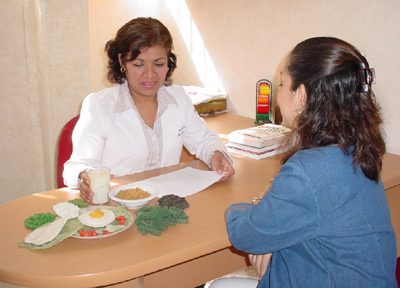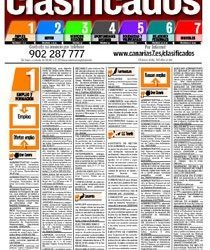 Modern operating systems are called multitasking, which allow several processes and functions to run simultaneously.
Modern operating systems are called multitasking, which allow several processes and functions to run simultaneously.
Both in computing and in other social areas, multitasking is called the ability or characteristic of performing several tasks and functions at the same time. This capability is often found in modern computers or systems.
Nowadays, given the multiplicity of processes and tasks that must be carried out both in work, business and even daily environments, processors must have more complex and advanced capabilities to allow the execution of different actions that overlap, without slowing down or hindering the use of the computer by the user.
Types of multitasking vary. It can be cooperative, when user processes resign the CPU to the operating system at different intervals. This type of multitasking is troublesome and unreliable.
In preferred multitasking, the operating system manages the processors and splits the time between the queued processes. Each process can have the computer in short intervals, but in general the result is the same as if this happened simultaneously. In real multitasking, which only occurs on multiprocessor systems, multiple processes actually take place at the same time, as they do on models like Linux and Mac OS X.
The possibilities of multitasking systems are very wide, since they allow several users to use the same processor at the same time, as can happen in networking in a company or office. The prevailing criterion in any case is that of 'timesharing' or distribution of time, by means of which each user has the processor alternately, but without perceiving those moments or intervals in which the command is transferred to other users. Thus, different processes of varying complexity can occur at the same time, saving time and money.









